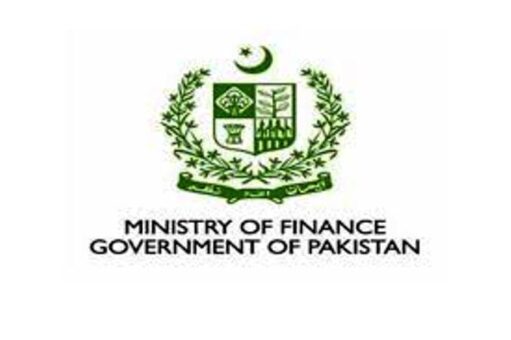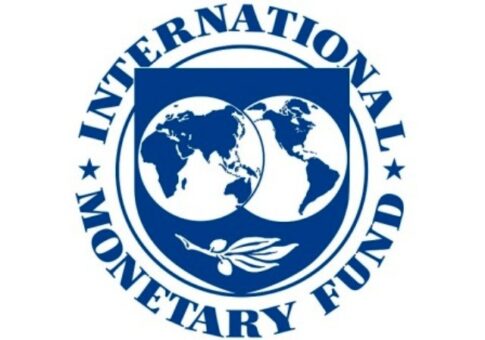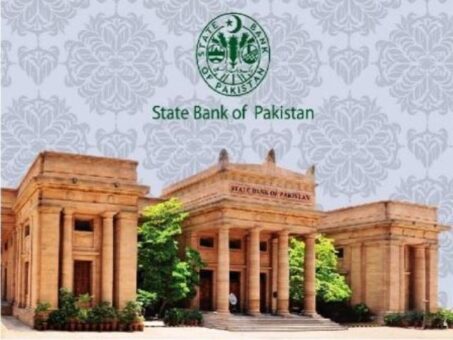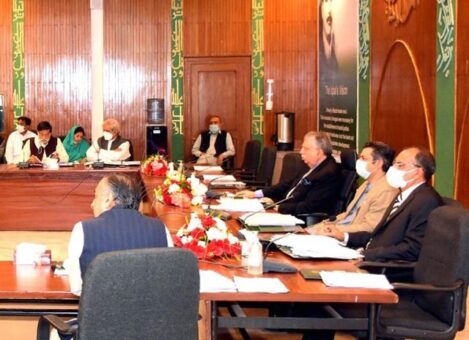ISLAMABAD: The ministry of finance on Tuesday warned aggravating Pakistan’s macroeconomic imbalances due to political unrest in the country and geopolitical uncertainty on Ukraine crisis.
The finance ministry in monthly report stated Pakistan’s economic performance continues to be strong and is still on a trajectory compatible with an economic growth target of around 5 percent in the current fiscal year. “Its cyclical position has returned to a more neutral stance. If this trend continues in the next months, economic growth will be driven primarily by the expansion of manufacturing capacity. However, the intensity of internal and external risks has still not been exactly realized which may adversely affect domestic economic activities.”
READ MORE: Pakistan’s foreign exchange reserves fall to $21.44 billion
The finance ministry said that inflation and the current account deficit are still under pressure. The government is taking measures to limit as much as possible further increases in the cost of living in the coming months. Moreover, the government measures designed to stimulate exports and discourage unnecessary imports are expected to contribute to constrain current account deficit.
“The recent geopolitical tensions, in particular the Ukraine crisis, is the most important external risk factor. Likewise, domestic political conditions are building domestic risks,” it said.
“A further escalation of these risks could hamper the positive outlook for Pakistan’s economy and may also aggravate the macroeconomic imbalances,” it added.
READ MORE: IMF to agree on Pakistan’s industrial promotion package
The report said that the first seven months of the current fiscal year have witnessed significant pressure on fiscal accounts due to rising expenditures under grants and subsidies. In addition, the PSDP spending has also witnessed a significant rise of 37 per cent.
On the revenue side, FBR tax collection has been able to achieve more than 65.2 per cent of its annual target during the first eight months of the ongoing fiscal year.
However, the government has announced a relief package for the masses to offset the impact of increasing oil prices. “These are collectively adding risks to the fiscal sector.”
READ MORE: Pakistan signs deal to explore largest gold reserves
Notwithstanding measures to improve tax collection and expenditure management will help in containing the fiscal deficit at a manageable level and keeping the primary balance at a sustainable level.
According to Balance of Payment (BOP) data, the trade deficit in goods and services declined considerably; from $ 4.3 billion in Jan 2022 to $ 2.6 billion in February 2022. Exports of goods and services that unexpectedly declined in January have resumed their upward trend in February.
Imports of goods and services were at all-time highs in December and January, but declined substantially in February, helped by negative seasonal effects.
In March 2022, exports are expected to continue their upward trend, backed by the export-oriented policies that have been implemented in the recent past.
READ MORE: Pakistan’s CAD mounts to $12 billion in eight months
The stabilizing of the Real Effective Exchange will also help exports in keeping the rising trend. Imports will probably return to a level that is more in line with domestic economic activity and the levels of international commodity prices. As a result, the trade balance may less deteriorate in March 2022 as well. However, geopolitical risks still persist.
In January and February, remittance inflows declined to lower levels mainly due to negative seasonality. In March they are expected to revert to normal levels. Taking these factors into account, as well as its other components, the current account deficit is expected to stay well below the unsustainable levels observed during the period from August 2021 up to January 2022.






